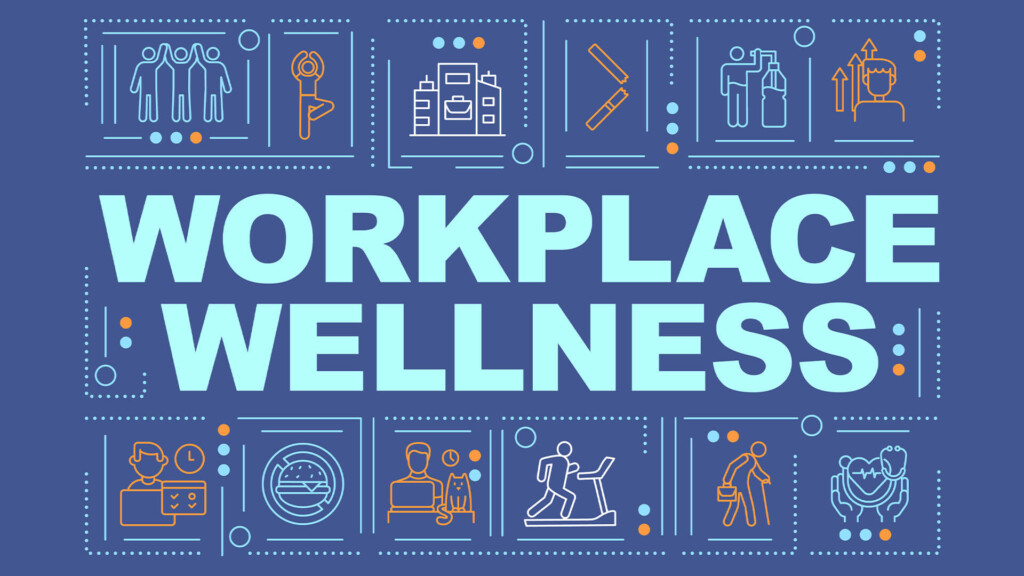
We talk about helping employees and their family members become better health care consumers—even downright savvy ones. But what does a savvy health care consumer look like? Savvy consumers regularly exhibit these four behaviours:
1)Seek: They research health topics and health plan features, and use available tools and other resources to make day-to-day decisions about health insurance and care.
2)Engage: They ask good questions and change direction appropriately. For example, they talk intelligently and confidently with providers about tests, treatment options, brand versus generic prescriptions and new ways to manage symptoms and conditions.
3)Compare: They carefully look at their options and choose well. For example, they avoid the ER when not necessary, seek procedures like imaging scans at the most cost-effective locations, and take advantage of options like virtual office visits and telephonic nurse lines.
4)Choose: They regularly strive to take care of themselves through a balanced diet, regular exercise, adequate sleep, and positive social connections. They don’t do it perfectly, but they are conscientious about making the best choices they can in the midst of everyday realities.
Creating an overall well-being framework has another advantage with diverse audiences. Traditional health benefits cover employees who fall ill. But workplace wellness programs are aimed at preventative care—they encourage workers to adopt healthier behaviours so they don’t get sick in the first place. Efforts typically focus on two areas: education, which can include classes or screenings and company support for better behaviours, such as smoking cessations programs, healthier cafeteria offerings, and bike racks. Though well-being components vary, we wanted to better understand consumer viewpoints related to its four most often identified components: physical, emotional/ mental, financial, and social well-being. We asked consumers to indicate how important each of the four components is in their personal life today. Interestingly, consumers identify emotional well-being as most important, followed closely by physical well-being. These results are consistent across segments, with a few noted exceptions.
A serious threat to the economic stability and health of our nation continues to grow because of obesity and chronic diseases such as diabetes, hypertension and stress. With the downturn in the economy costs, employee wellness programs are more and continuing rise in health care system.
To expand and improve programs, we need better information whats being done, this is where Clinical Nutritionist & coaches come.
“If you feel better, you’re more productive, and if you can get more productive days from people, it’s better for the company,”
As healthcare costs continue to skyrocket, these initiatives are looking increasingly attractive as a way to control long-term costs. Lifestyle changes can reduce the risk of diseases like diabetes and heart disease, and so companies are turning to wellness programs as a way to cut healthcare spending before it becomes necessary. Companies are also interested in the programs as a way to boost productivity.
But workplace well can create a culture of health and wellbeing that changes behaviour, benefiting employers, employees, families and society as a whole, while saving money at every level. And every individual can make a difference.
So what are YOU waiting for now? Consult Clinical Nutritionist Pragya and make a difference in your workplace
